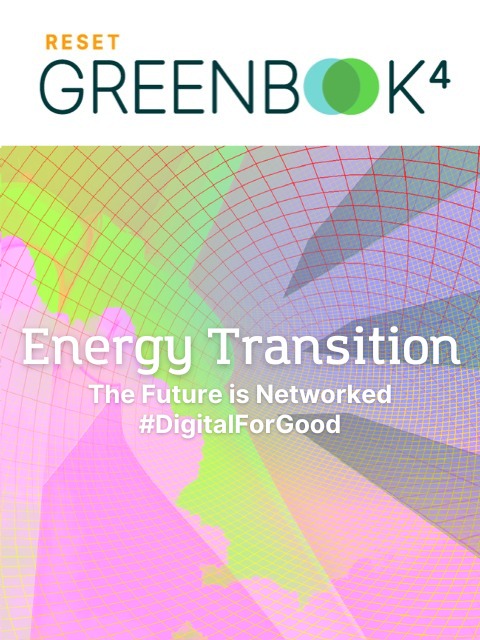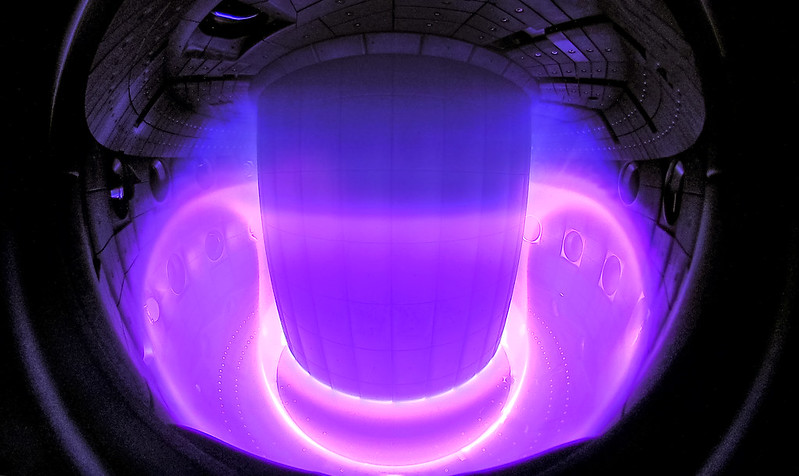In recent months fusion energy has increasingly grabbed headlines with a number of developments hailed as significant breakthroughs. Last September, a South Korean fusion reactor maintained temperatures of 100 million degrees Celsius for 20 seconds, while in December, a US fusion reactor produced, for the first time, more energy than was put into the machine – a significant development.
In reality, practical fusion energy may still be some way off, however developments like these are not only significant in their own right, but also help to promote, support and galvanise the scientific community in the quest for fusion power. Up until now, nation states, universities and major research organisations have spearheaded the pursuit of fusion power, however small smart-ups are also arriving on the scene to offer their expertise.
One such startup is the Sweden-based Novatron Fusion. They claim to have developed a new reactor which also tackles one of the perennial problems with fusion energy as it stands today.
Fusion energy is the result of lighter hydrogen atoms being fused together to form heavier ones, such as helium. In order to overcome their natural electrostatic repulsion, incredibly high temperatures are needed, resulting in a kind of hydrogen plasma soup. However, this plasma is difficult to contain, and so called ‘rogue waves’ can cause the plasma to break out of containment, reducing the efficiency of the reaction and possibly stopping it altogether. There is also concern that the escape of plasma could damage expensive equipment, although the potential for any kind of significant ‘nuclear’ accident is low.
Various different methods of containment have been theorised with magnetic fields often being the preferred method. Magnets can be used to push back the plasma and shape it in the centre of the reactor, but even these are not wholly effective. Currently, two main designs have been developed: donut-shaped closed magnetic field tokamaks and open-field magnetic line systems known as mirror machines.
Tokamaks are currently the preferred method, however Novatron has developed a new breed of open-field line confinement which they claim solves some of the fundamental problems with plasma confinement.
Unlike other machines which aim to push the plasma in a specific direction, and must be continually adjusted, Novatron have developed a concave magnetic field design designed to keep the plasma pinned in place. Novatron explains it like this: Imagine a ball being forced into the bottom of a bowl. If the ball attempts to escape the bowl, it will merely come under more pressure, once again pushing it into the bottom.
As well as maintaining the reaction, Novatron suggests their approach is cheaper, simpler and more efficient. Most notably, their design makes use of conventional copper electromagnets as opposed to cryogenically cooled superconducting magnets.

The 1.5 degree target is unattainable without a real transformation of our energy system. But how can it succeed? What are the energy sources of the future? What digital solutions are ready and where are innovations needed? And how can the transformation be driven forward?
The RESET Greenbook “Energy Transition – The Future is Networked” presents digital, innovative solutions and sheds light on the background.
Currently, Novatron is still in the early stages of development. They are now developing their first experimental reactor based on their design, and will use additional computer verification and stress-test simulations to confirm their approach. The ultimate goal is to produce commercial fusion power within the next decade.
That may not be entirely likely, however the entry of start-ups into the field of fusion may prove important. Previously, fusion power research has been limited to major organisations with major resources. But now, the complexity of digital twin technologies and computer simulations means that more organisations – including startups – can now also join the conversation. With more diverse and varied groups becoming involved, more breakthroughs may be possible in a shorter time-span.
A Fusion Future?
Some have hailed fusion energy as a holy grail to solve our planet’s energy and carbon emission woes – it produces no carbon and no long-lasting radioactive waste. There is concern from some sectors that traditional renewable energy technologies can not meet the growing population and energy demands, especially in emerging economies in the Global South. Many of these nations, such as Egypt, Bangladesh, Tunisia, Cambodia and Uganda are turning towards traditional nuclear fission as a potential solution – one which comes with significant environmental concerns. This is despite the fact some studies suggest a 100 percent renewable future is possible. One major concern is that as fission energy becomes more widespread, nuclear accidents such as those seen at Three Mile Island, Chernobyl or Fukushima may become more likely.
RESEARCHERS ANNOUNCE BREAKTHROUGHS IN NUCLEAR FUSION – BUT HOW GREEN IS THE ENERGY?
Generating energy from nuclear fusion is still several decades away, although new advances are made every year. But how does fusion energy compare to nuclear fission energy? Learn more.
Alternatively, advocates for fusion power suggest it has no meltdown risks – indeed the challenge is maintaining the reaction, not preventing it from running away. If fully realised it also has the potential to generate huge amounts of power, arguably spelling the end of fossil fuels as we know it and contributing hugely to a more sustainable energy future.
Others are not so optimistic. Critics suggest fusion power still produces dangerous neutrons than be used in the production of nuclear weapons, while others highlight that current breakthroughs – although significant – do not indicate an imminent fusion revolution. The realisation of fusion power may still be many decades away, while the climate catastrophe is right on our doorstep.









